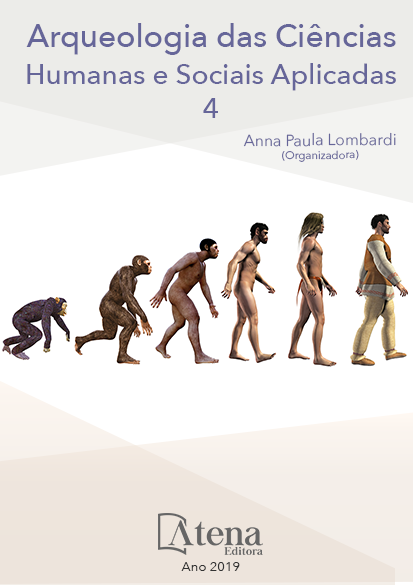
QUANTO PESA UMA BENGALA? ELEMENTOS PARA UMA (RE)DISCUSSÃO DO PROJETO DE EMENDA CONSTITUCIONAL 457/2005 E SEUS EFEITOS NO SUPREMO TRIBUNAL FEDERAL.
A mídia tem renovado seu interesse
pela PEC 457/2005, que pretende alongar para
75 anos a idade de aposentadoria compulsória.
Aprovada no Senado em 2005, a chamada “PEC
da Bengala” poderá ser levada ao plenário da
Câmara em breve. Parte dos novos argumentos
em prol da aprovação da Emenda é justamente
o de impedir o aumento da influência do PT
sobre o STF, sob a tônica de que mantidas
as regras atuais, os governos Lula e Dilma,
juntos, terão escolhidos 10 dos 11 ministros
da Corte até 2018. Neste trabalho, pretendese demonstrar que tal argumento (o da troca
de ministros) é, senão irrelevante, ao menos
pouco impactante nos resultados decisórios do
STF, replicando, no STF, o clássico estudo de
Robert A. Dahl (1957) sobre o intervalo médio
de nomeação de ministros. Ainda, os dados
que comparam decisões do STF com matérias
de interesse do governo demonstram que a
“origem” da nomeação do ministro relator guarda
pouca relação com seu resultado favorável ou
desfavorável ao governo.
QUANTO PESA UMA BENGALA? ELEMENTOS PARA UMA (RE)DISCUSSÃO DO PROJETO DE EMENDA CONSTITUCIONAL 457/2005 E SEUS EFEITOS NO SUPREMO TRIBUNAL FEDERAL.
-
DOI: 10.22533/at.ed.3461915018
-
Palavras-chave: Supremo Tribunal Federal. Aposentadoria compulsória. Nomeação de ministros. Influência Política
-
Keywords: Brazilian Supreme Court. Compulsory retirement. Justices’ appointments. Political Influence
-
Abstract:
The media has renewed its interest
in PEC (Constitutional amendment project)
457/2005, which aims to lengthen to 75 years
the compulsory retirement age of Justices.
Passed in the Brazilian Senate in 2005, the socalled “cane amendment” is to be voted in the
lower House of the Brazilian parliament shortly.
Some of the new arguments for the approval of
the Amendment are precisely aiming to prevent
the growing Worker’s Party (PT) influence on the
Supreme Court, as under current rules, the Lula
and Dilma administrations together could come
to appoint 10 of the 11 Justices. This article aims
to replicate, under the Brazilian Supreme Court,
the classic study of Robert A. Dahl (1957) on
the average interval of appointment of Justices
on the US Supreme Court. Findings shows that
the number of appointments by Worker’s Party
are not relevant on decision-making results of
the STF. Furthermore, data comparing STF’s
decisions with questions of government interest
demonstrate that the “appointment origin” of the
Justice who drafts the decision has little relation
to its favorable or unfavorable outcome to the
government.
-
Número de páginas: 15
- SANDRO LUIS TOMAS BALLANDE ROMANELLI


